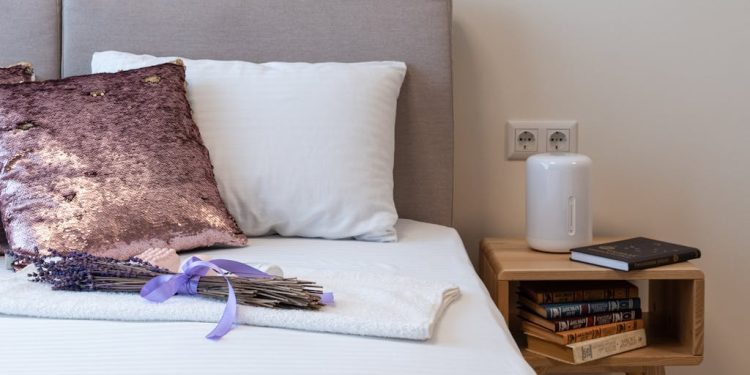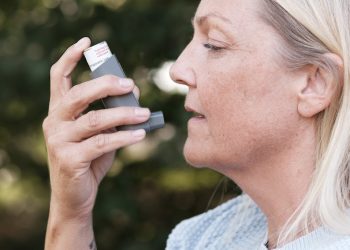Allergies can be a constant source of discomfort, with triggers like pollen, dust, and pet dander affecting many people’s daily lives. One effective way to reduce allergy symptoms and improve indoor air quality is by using an air purifier. Air purifiers help to remove allergens and pollutants from the air, creating a cleaner and healthier environment. This guide explores some of the best air purifiers for allergy relief, focusing on key features that can help you find the right model for your needs.
How Air Purifiers Work
Air purifiers are designed to filter out airborne particles and contaminants, including allergens, dust, smoke, and pet dander. They work by drawing air through a series of filters that trap these particles before releasing clean air back into the room. The effectiveness of an air purifier depends on the type of filters it uses and its ability to cover the size of the room where it’s placed. Understanding how these devices work can help you choose the right one for your home and allergy needs.
Key Features to Consider
When selecting an air purifier for allergy relief, several key features should be considered to ensure it meets your needs. One of the most important features is the type of filter used. HEPA (High-Efficiency Particulate Air) filters are highly effective at capturing small particles, including allergens like pollen and pet dander. Look for air purifiers with True HEPA filters, as these are certified to remove at least 99.97% of particles as small as 0.3 microns.
Another important feature is the air purifier’s Clean Air Delivery Rate (CADR). The CADR measures how quickly the purifier can clean the air in a given space, with higher numbers indicating better performance. Choosing an air purifier with a high CADR ensures that it can effectively remove allergens from the air, improving the overall air quality in your home.
Noise level is also a consideration, especially if you plan to use the air purifier in a bedroom or other quiet space. Many air purifiers operate with a low noise level, but some models can be louder, which may be distracting. Check the noise rating of the air purifier and select one that operates quietly enough for your comfort.
Top Air Purifier Options
Several air purifiers on the market are highly regarded for their ability to provide allergy relief. One well-reviewed option is an air purifier equipped with a True HEPA filter and activated carbon filter. The activated carbon filter helps to reduce odors and smoke, in addition to capturing allergens. This combination of filters makes it an excellent choice for those dealing with multiple types of airborne pollutants.
Another popular choice is an air purifier with a pre-filter that captures larger particles before they reach the HEPA filter. This helps to extend the life of the HEPA filter and maintain the purifier’s efficiency. Some models also come with additional features like air quality sensors and automatic mode adjustments based on real-time air quality readings, which can provide a more convenient and effective way to manage your indoor air.
For those looking for a budget-friendly option, there are air purifiers available that offer good performance without a high price tag. These models may have slightly fewer features or a lower CADR but can still effectively reduce allergens and improve air quality. These purifiers often use HEPA-type filters, which are effective at capturing allergens, although they may not be as efficient as True HEPA filters.
Placement and Maintenance
Proper placement of your air purifier can affect its performance. For optimal results, place the air purifier in a central location within the room, away from walls and furniture that may obstruct airflow. Additionally, ensure that the room is properly ventilated to allow the purifier to work effectively.
Regular maintenance is also crucial for keeping your air purifier in good working condition. Replace filters according to the manufacturer’s recommendations, as clogged or dirty filters can reduce the purifier’s efficiency. Many air purifiers come with filter replacement indicators that alert you when it’s time to change the filters.
Additional Considerations
In addition to the features and performance of the air purifier, consider factors such as energy consumption and the overall cost of operation. Energy-efficient models can help you save on electricity bills, while some air purifiers come with additional features like remote controls or app connectivity for easy operation.
By understanding the key features and options available, you can select the best air purifier for allergy relief that suits your needs and helps create a healthier indoor environment. With the right air purifier, you can reduce allergens, improve air quality, and enjoy a more comfortable living space.










